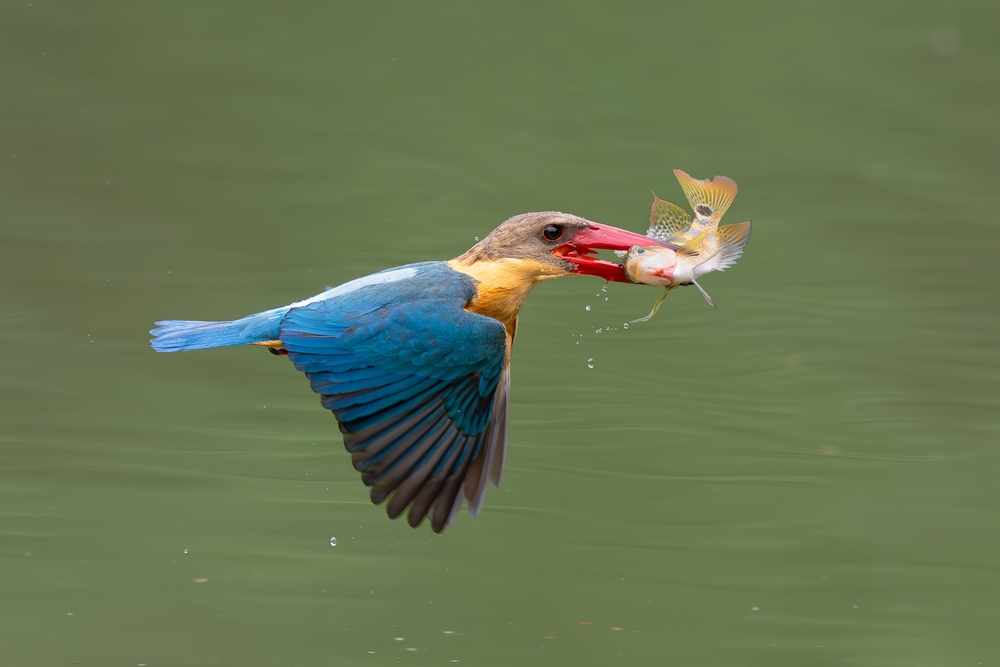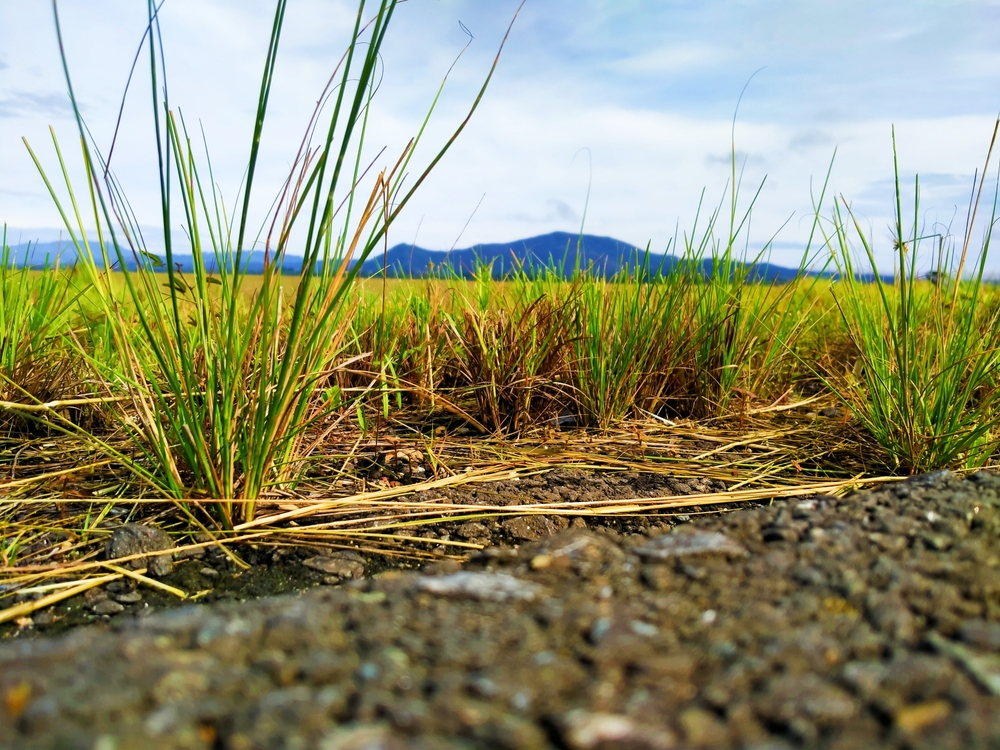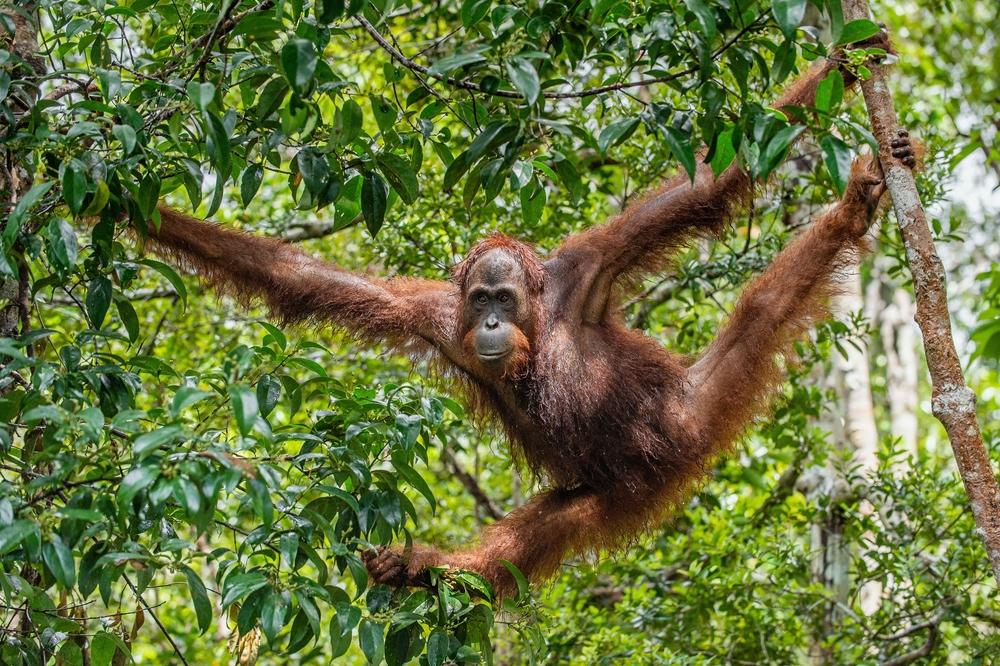Taka Bonerate Overview
Taka Bonerate National Park, locally known as Taman Nasional Taka Bonerate, is a stunning marine park located in South Sulawesi, Indonesia. Encompassing approximately 2,200 square miles (5,800 square kilometers), this park is celebrated as one of the largest atoll systems in the world.
Situated within the Flores Sea, it consists of vast coral reefs, small islets, and sandy atolls that offer a remarkable underwater paradise. The park’s name, Taka Bonerate, translates to “coral piled up on sand,” reflecting its unique and striking landscape.
The terrain of Taka Bonerate is predominantly aquatic, with over 97% of its area covered by the sea. It is characterized by shallow lagoons, deep ocean trenches, and countless coral reefs that create an intricate and mesmerizing seascape.
The atolls, such as Tinabo, Rajuni, and Latondu, rise above the clear blue waters, providing picturesque sandy beaches fringed by dense vegetation, including mangroves and coastal shrubs. The coral reefs are particularly diverse, with vibrant formations that include barrier reefs and fringing reefs, which are teeming with life.
Taka Bonerate National Park is home to an extraordinary array of marine and terrestrial wildlife. The coral reefs serve as a habitat for over 242 species of coral and more than 526 species of fish, including clownfish, parrotfish, and various species of groupers.
Marine turtles, such as the green sea turtle and hawksbill turtle, are frequently seen nesting along the sandy beaches. Visitors might also encounter dolphins, whale sharks, and even dugongs in the surrounding waters. Bird enthusiasts can spot migratory and resident species, such as white-bellied sea eagles and frigatebirds, which are often seen soaring above the islands.
The park’s most popular features include its vibrant underwater ecosystems, which attract snorkelers and divers from around the world. Diving in Taka Bonerate offers a chance to explore pristine coral gardens, swim alongside exotic marine life, and marvel at underwater caves and shipwrecks.
The islands themselves, such as Tinabo Island, provide opportunities for beachcombing, relaxing on white sandy shores, and exploring traditional fishing villages that offer insight into the local Bajau culture.
Visitors to Taka Bonerate typically engage in activities like snorkeling, scuba diving, kayaking, and wildlife observation. With its breathtaking coral reefs, the park is a favorite destination for eco-tourists and marine enthusiasts. Boat tours and guided diving trips are common ways to navigate the expansive waters, while camping on the islands allows travelers to fully immerse themselves in the natural beauty.
Despite its stunning biodiversity, Taka Bonerate faces conservation challenges, including illegal fishing practices and coral bleaching caused by climate change. Efforts by park authorities and local communities to promote sustainable tourism and enforce fishing regulations have shown success in preserving the park’s delicate ecosystems. Educational programs and collaborations with environmental organizations further enhance conservation awareness and efforts in the area.
















































































